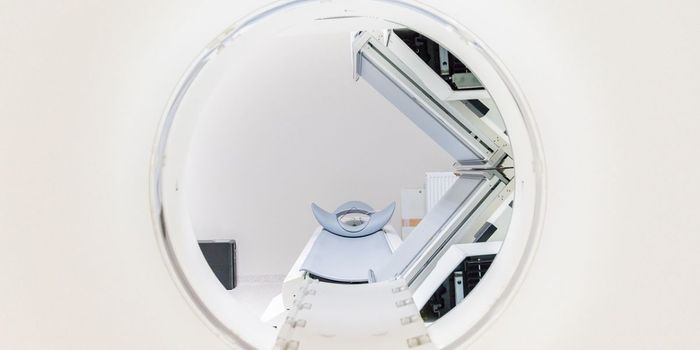How Neuroscientists Created a Happy Song
There is nothing worse than being a new parent with a cranky baby. Even experienced parents who find themselves with a colicky or otherwise difficult to soothe child get frustrated when nothing works to calm their fussy child. While solving a case of the crankies is sometimes just a matter of finding out if it’s famine or flood causing the distress, making a baby laugh and giggle is whole other concept. In the UK there is research ongoing into why babies laugh and how they become engaged in the world around them.
The leader in that endeavor is undoubtedly developmental psychologist and researcher Caspar Addyman. His study, The Baby Laughter Project, was the first of its kind to investigate why babies laughed and what triggered feelings of happiness and humor in a young baby. When the C&G Baby Club, a British online forum for caregivers with advice on parenting, nutrition and baby products wanted to create a song that parents could play for their children to make them happy, they approached Addyman along with music psychologist Lauren Stewart who had researched the concept of “earworms” or songs that get stuck in our heads, over and over again. The C&G Baby Club is maintained by infant milk company Cow and Gate as a parent resource and they wanted a song that parents could download for free, to help engage babies and encourage laughter.
Addyman and Stewart worked with Grammy award winning composter Imogene Heap, who in addition to having composed great music, was also the parent of an 18 month old daughter. Working together with their combined experience in music, neuroscience and psychology the team came up with “The Happy Song” which has been downloaded from iTunes thousands of times. How did they know what kind of music would appeal to children too young to say what they liked? They looked at previous research on music that had been shown to improve mood. While most pop songs have a tempo of around 118 beats per minute (BPM) the songs research showed improved mood the most were actually around 140-150 BPM.
Repetition was important too as was the pitch of a song and any added sounds. With information from Addyman’s project, along with a C&G parent survey of which sounds elicited laughter from their babies (saying “boo!” animal noises and raspberries) Heap came up with four melodies, two slower and two a bit faster. The songs were played for parents and babies and the results were striking. The faster tune was preferred, at a whopping 168 BPM. The song is a little over two minutes in length and while it doesn’t sound like a long time, keeping a baby’s attention for an entire song is no easy task.
In the Happy Song however, something about the combination of pitch, tempo and the theme of transportation (rocket ships, car noises, beeping horns and bike rides) kept the babies full attention. Another factor was the parent’s feelings on the song. As any mom or dad will eventually learn, having to listen to or sing one more chorus of “The Wheels on the Bus” becomes excruciating. Parents liked the “Happy Song” as much as the children and it’s become a hit on iTunes.
While it might not seem like brain science, understanding what makes babies happy, how they perceive their environment and what will elicit a laughter response is very much a scientific as well as musical pursuit. Take a look at the video below which talks about how the song was created. To hear the completed song, click here
Sources: Newsweek, The Baby Laughter Project, Digital Music News, C&G Baby Club









